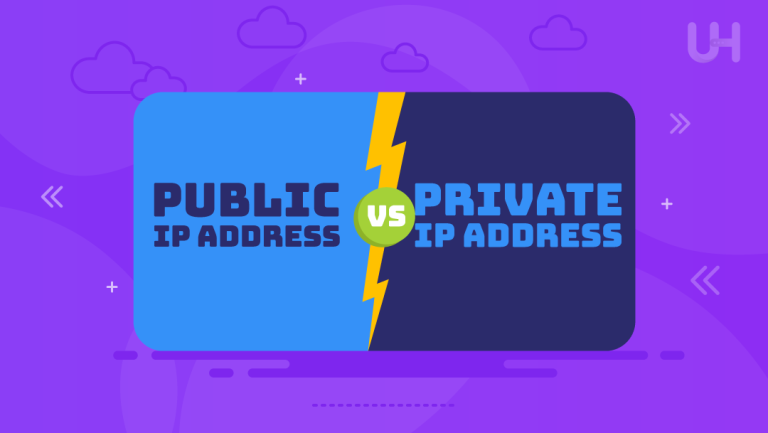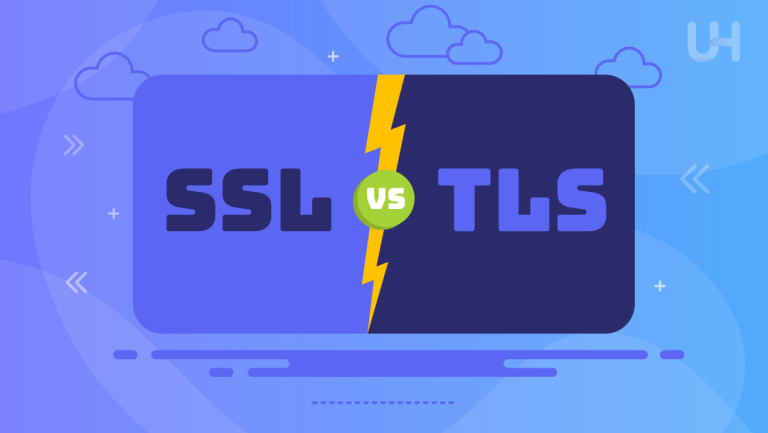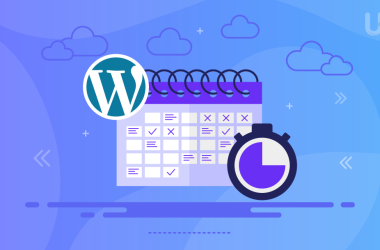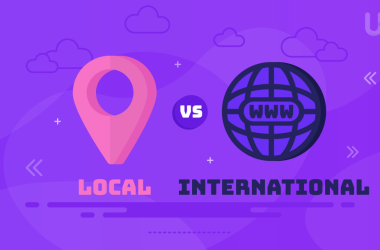Any device or service should possess a distinctive address to identify and communicate with a website as large as the Internet. That’s where a fully qualified domain name comes into the picture. A fully qualified domain name gives every single element on the Internet an unambiguous, complete address so it can be found among billions of connected devices.
Nowadays, anyone involved in website management, server setup, or even active browsing should be aware of what an FQDN is, how it functions, and, importantly, why it’s crucial for the digital world. In this article, we’ll discuss what does FQDN stand for, the concept of FQDNs, their applications, and their importance in today’s Internet infrastructure.
What is a Fully Qualified Domain Name?
In simple terms, a fully qualified domain name is the whole Internet host or computer domain name that instructs all related queries, using an absolute address syntax, to a point directly within a DNS server outage. Such an address includes a hostname combined with a domain name and a top-level domain.
For instance, in www.ultahost.com, “www” is the hostname, “ultahost” is the domain name, and “.com” is the top-level domain. This is the case when applying DNS filtering and network rules block or permit firewalls to computers or specified domain traffic.
How Are FQDNs Used?
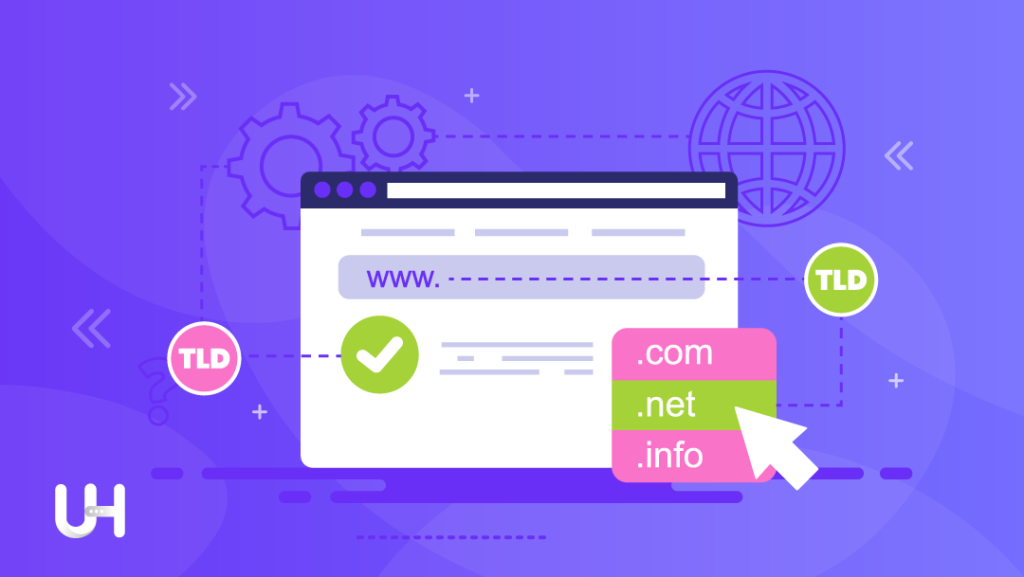
Some of the important roles of FQDNs include:
- Network Resources’ Identification: FQDNs uniquely identify and correctly locate each server, router, and device within the Internet. Every resource gets a unique FQDN to identify with and communicate back.
- E-mail Addressing: In an e-mail address, one writes the domain with the site’s FQDN. For example, the email “[email protected]” and “example.com” are representations of the domain of the Mail Server.
- Web Server Hosting: FQDNs feature in the web server’s identity and access. Websites map onto FQDNs so that users can browse those exact pages directly by typing out the whole address, for instance, “www.example.com.” This is important in domain hosting so that when more than one website is hosting on a single server, they will each be accessing through their given FQDN.
- DNS Resolution: This is when human-readable domain names are translated into the IP addresses through which computers located on the Internet find and access each other. FQDNs are important for DNS resolution because they form part of DNS queries and responses used in translation between host names and their corresponding IP addresses.
Why is FQDN Important?
FQDNs are generally extensive within Internet interactions since it’s much more convenient to memorize them than IP addresses. Below are some examples of cases in which using an FQDN is best:
- Acquiring an SSL Certificate: A Secure Sockets Layer certificate or SSL certificate encrypts the interaction between a web server and a web browser. It depends on an FQDN to validate the server’s identity. Without an FQDN, the SSL protocol will not work correctly.
- Accessing a Remote Host: When accessing a remote host or a virtual machine, using an FQDN lets the DNS find the server properly. Otherwise, a resolution will fail if the local DNS cannot expand into the entire domain by just relying on the hostname.
- Network Communication: Specific domain services require FQDNs, such as File Transfer Protocol (FTP) or email services, for DNS to direct traffic to the correct server.
- Moving to Another Server: Updating the DNS records of FQDN for another IP address minimizes the time that would have been spent in downtime because of an address change.
Elevate Your Online Presence With Ulta Domain!
Are you ready to stand out in the digital realm? Secure your premium domains today and unlock limitless possibilities for your online ventures. Get your Ulta domain now and embark on your journey to online success!
What is PQDN?
A PQDN is a Partially Qualified Domain Name (FQDN) in which part of the domain name is missing. Because it is only partially the domain name, it lacks part of the identification in the DNS hierarchy.
To explain further, let’s take the UltaHost domain name as an example. In this case, the partially qualified domain name is “ultahost.com,” where the host “www.” is not present.
Many use PQDNs daily without knowing it because they are simpler and more convenient. PQDNs, being much shorter, also aid in doing those basic searches in everyday use.
How To Lookup FQDN?
You can look up an FQDN on your computer using any popular operating system (OS). Here’s how:
Windows 10
To get an FQDN on a device running Windows 10:
- Click the Start menu and type Control Panel, selecting the same.
- In the Control Panel, find and open “System.”
- Look for “Device specifications” there, and you will see one item listed as “Full Computer Name.”
- This is where the FQDN will appear.
macOS
To find the FQDN on a MAC device :
- First, open the Terminal Application.
- Then, type “hostname -f”. The -f means ‘full’.
- This displays the FQDN.
Linux
You can find FQDN on devices that are running on Linux by following these steps:
- Open the Terminal Application.
- Type the command “hostname -A” and Enter.
- The FQDN will appear.
FQDN Examples
Following are some examples of fully qualified domain names with brief explanations to show how is their structure and what they do.
Example1: blog.example.edu/post-title
Here, “blog.example.edu/post-title” is the FQDN of a specific blog post titled “post-title” located on a webpage hosted by “example.edu.” Given the use of an FQDN, it will be possible to visit this specific blog post directly, and one can quickly identify how to navigate into such a web page under the web blog section in a brilliant way.
- Hostname: “blog” would mean that the required resource forms part of the website blog. This will be like literally concretizing a service regarding blogging.
- Domain name: The top-level domain name associated with the website is “example.edu.” This has been the primary way to identify the organization or entity that hosts a website.
- TLD: “.edu” indicates that this website already belongs to the educational space.
- Subdirectory: “/post-title” refers to a specific blog article or page of a website under a blog section, uniquely identifying a claim to an article or other such content.
Example 2: intranet.corp.example.com
The FQDN for an intranet portal deep within the corporate network of a fictional concern named “Example Corp.” is now “intranet.corp.example.com.” This portal allows its users to access the internal workings of such an organization, share work, and find information.
- Hostname: The “intranet” refers to a particular class of service or kind of resource within a private network, such as an intranet portal or file server.
- Subdomain: This is followed by designing the subdomain “corp” with further resources within the corporate network. It shows the separation of internal services from the typical external carrier infrastructure.
- Domain Name: This gives the web address its name. It is unique to the company’s existence within a private network environment. The organization’s domain name is “example.com.”
- TLD: “.com” is the Top-Level Domain, arguably a Generic TLD or a private TLD set. It is for internal use within the organization’s network.
Conclusion
Fully Qualified Domain Names matter when it comes to adding accuracy to the identification and browsing on the internet. From securing connections with SSL certificates to allowing accessible communication and access to resources within enterprise networks, FQDNs form the core of making online interaction better and more reliable. To have a good exercise in managing and utilizing Internet resources, one needs to comprehend FQDNs, their components, and their applications.
UltaHost offers top-notch email domain hosting services to complement your website’s domain management. With reliable solutions, you can ensure seamless communication and enhance your professional image.
FAQ
What components make up an FQDN?
An FQDN consists of a hostname, a domain name, and a top-level domain (TLD). For example, in “www.example.com,” “www” is the hostname, “example” is the domain name, and “.com” is the TLD.
Can multiple FQDNs point to the same IP address?
Yes, multiple FQDNs can be configured to point to the same IP address. This is often used for hosting multiple websites on a single server.
How do FQDNs improve website accessibility?
FQDNs make websites more accessible by providing a human-readable address that can be easily remembered and typed, unlike numeric IP addresses.
What role do FQDNs play in email delivery?
In email delivery, the domain name portion of the email address (e.g., “example.com” in “[email protected]”) is an FQDN that directs the email to the correct mail server for delivery.
How does an FQDN facilitate DNS resolution?
FQDNs provide complete addresses for DNS to translate human-readable domain names into IP addresses, enabling internet communication.






